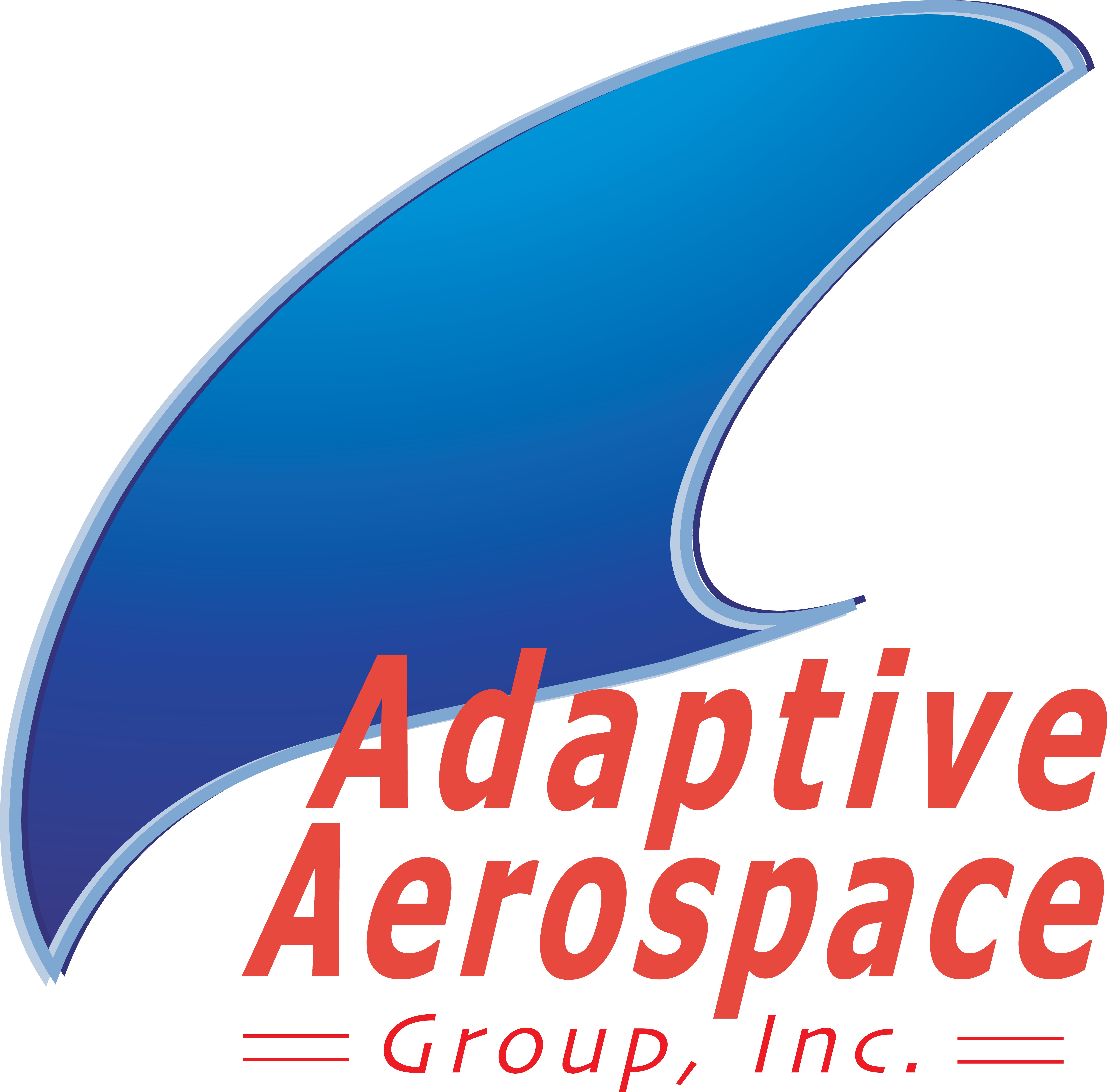Commercially viable supersonic transports of the future pose a variety of new challenges for flight worthiness. These challenges range from sonic boom suppression to increased structural flexibility due to long, slender aerodynamic configurations. Currently, the FAA restricts supersonic flight over land as the sonic boom has both a negative perception among the populace, as well as environmental effects as the sound energy dissipates. As a result, detailed supersonic transports designs intended to achieve the boom reduction demonstrate significant structural flexibility. NASA has begun feasibility and refinement studies with major aerospace contractors to design an aircraft with a reduced sonic boom signature both undertrack and off-track. The aircraft currently in design is intended to act as a demonstrator vehicle to perform test flights over populated areas at a variety of boom signatures– ultimately to answer the question “how much of a boom reduction is enough.”
AAG is working in conjunction with NASA to perform stability and control analysis, as well as handling qualities assessments for the aircraft configurations under consideration. To this end, AAG is developing a full 6DoF aircraft simulator with selectable LBFD configurations, control laws, and structural model settings. In addition to the computer simulation tool, AAG is also developing an analytical nonlinear model with the coupled flight dynamics, control gains and structural effects to study the system’s nonlinearities using closed form descriptions of the input-output behaviors and relationships. These tools will ultimately allow NASA to conduct independent verification of the aircraft configurations available to them.
